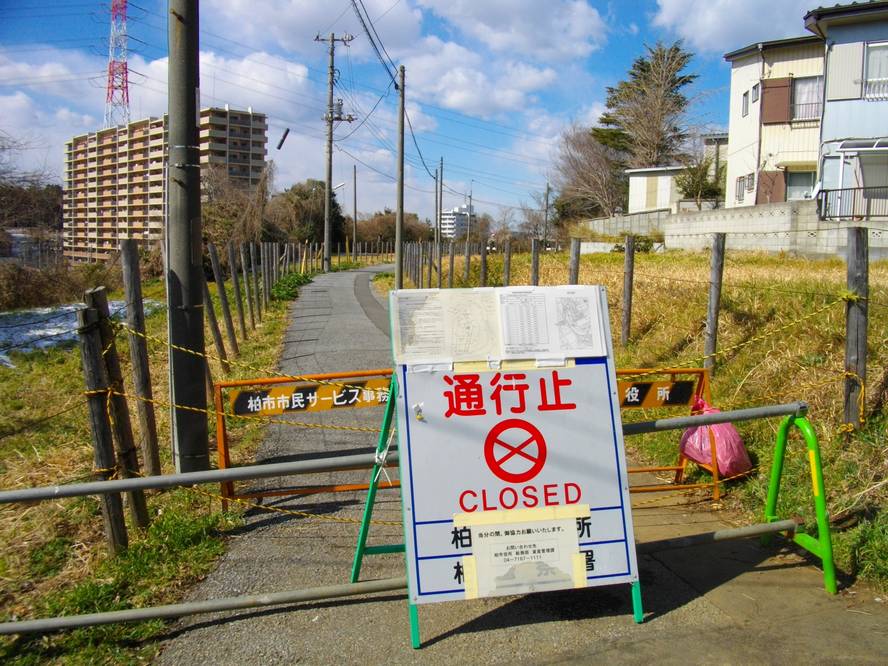The researchers point out that the plutonium Fukushima was spilled and more research needs to be done.
During the Fukushima disaster, the plants found traces of plutonium released into the atmosphere of the Daiichi nuclear power plant, in a recent study by international researchers. Stephanie Schneider leads the research and the results have been published in open and on-line on the web of the journal Nature. Together with the communication of the results and conclusions, a request has been made to investigate deeply the traces of plutonium, since they suspect that more plutonians than were believed to have fled from the plant.
The article notes that most of the investigations carried out after the accident have focused on the scented products of fission. Specifically, in the gas explosions that took place in units 1, 3 and 4, we proceeded to launch into the environment radioactive isotopes of iodine, cesium, telurium and other elements. On the contrary, they considered that there were no discharges of actinides, or that in any case the discharge was extremely limited.
All isotopes of the actinides are radioactive (emit alpha radiation) and have a long half-life. Among them are plutonium-239 isotopes and plutonium-240: the first has an average life of 24,110 years and the other, 6,561. And it is in them where the research team has focused. Specifically, the terrestrial plutonium and the launchers have been measured, and in addition, taking into account that in the past the plutonium released by nuclear weapons is present in the medium, an accelerating mass spectrometer (AMS) capable of distinguishing this plutonium from the spilled of the reactor has been used.
By this technique, plutonium fused from the reactor have not been found on the soil, but in the plants. Plutonium is found in plants close to the central one, but not in all. However, there is more striking data: researchers suspect that another plant located 16 km from the plant also had plutonium. If this were so, it would mean that the plutonium did not spread in the same way, so it is possible for people to get to the places where they were, and for them to breathe the plutonium.
In this sense, in view of the results obtained and taking into account that other researchers have also found plutonium, in the article they request that the question be studied in depth.
Water discharges, main current concern
However, during these days, the main concern of those who work in the environment of the central one is the water of the tanks. It is the water used for cooling the reactors and is contaminated by radioactive elements. For this reason, they cannot pour directly into the sea and until an outlet is found they have it kept in the cisters.Despite the spills that have occurred previously, the situation has worsened due to the typhoon and the rains and the tanks are overflowing. In total, they have a thousand tanks, and now at least it seems that the solution to this problem is the first.






